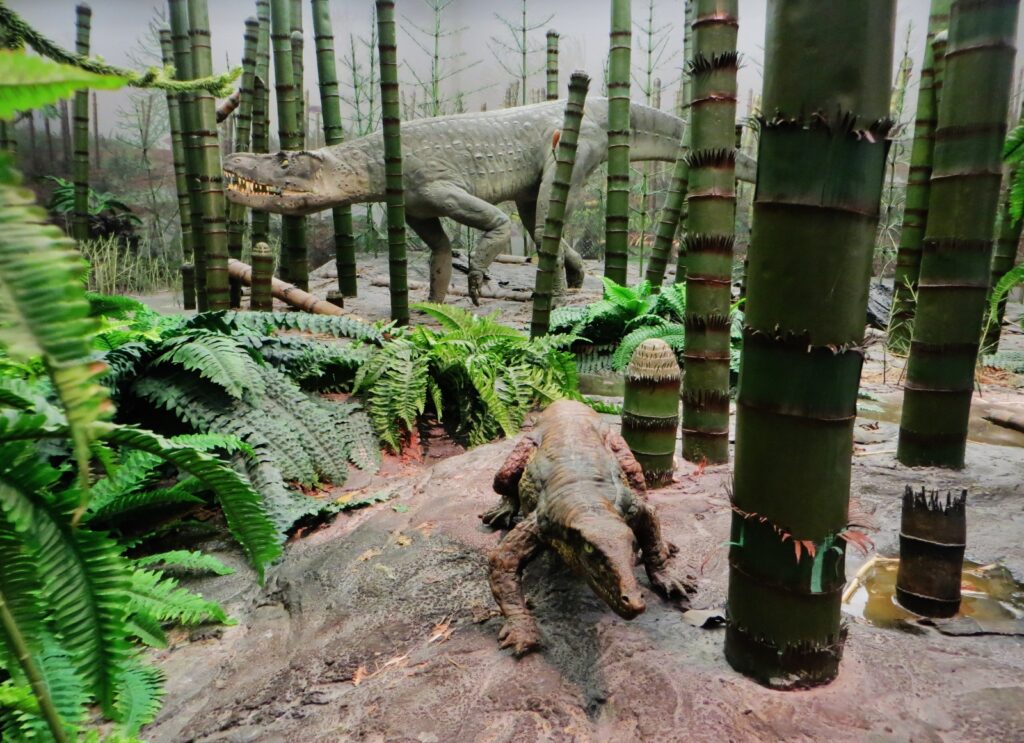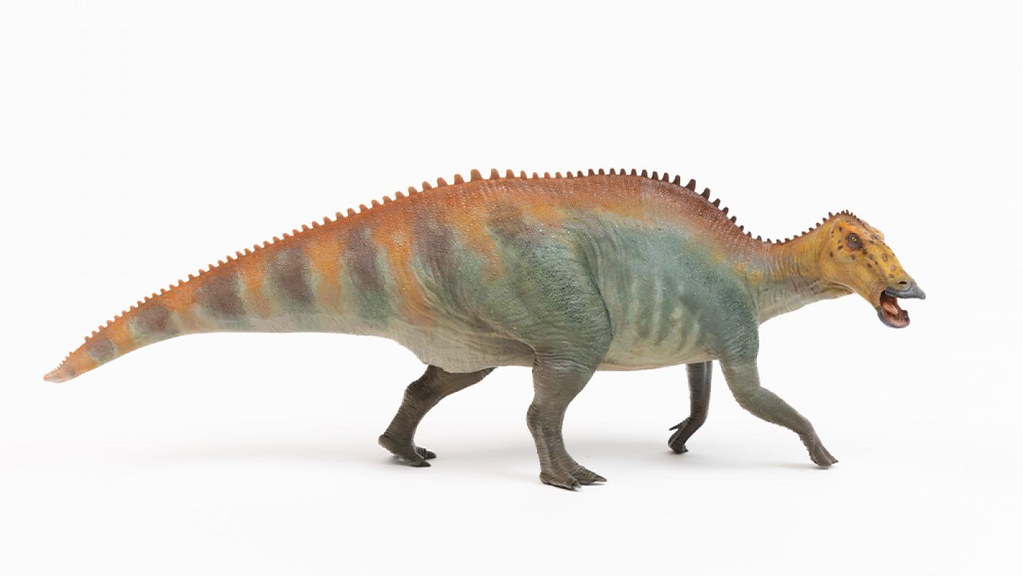The question of dinosaur lifespans has fascinated paleontologists and dinosaur enthusiasts for generations. When we think about these magnificent creatures that dominated Earth for over 165 million years, we often wonder about their individual life experiences. How many years did a Tyrannosaurus rex roam the prehistoric landscapes? Could a Brachiosaurus celebrate multiple decades of life? Recent scientific discoveries have dramatically changed our understanding of dinosaur lifespans, revealing surprising patterns that challenge previous assumptions. By examining growth rings in fossilized bones, analyzing modern reptile relatives, and employing cutting-edge technology, researchers have uncovered fascinating insights into how long dinosaurs lived, and some of these findings might genuinely surprise you.
The Challenge of Determining Dinosaur Lifespans

Calculating the lifespan of creatures that lived millions of years ago presents unique scientific challenges that paleontologists have grappled with for decades. Unlike studying modern animals, where we can observe their entire lifecycle, dinosaurs left behind only fossilized remains that provide limited windows into their lives. Traditional dating methods often couldn’t distinguish between a young adult dinosaur and an elderly one, making age determination particularly difficult. Further complicating matters, the fossilization process itself is incredibly selective, preserving only a tiny fraction of animals that once lived and often favoring certain body parts over others. Additionally, early paleontologists had few reliable reference points for comparison, as dinosaurs represent a unique evolutionary branch distinct from modern reptiles. Despite these obstacles, persistent scientific inquiry and technological innovation have gradually revealed more accurate pictures of dinosaur longevity.
Growth Rings: Nature’s Timekeepers

One of the most valuable tools in determining dinosaur lifespans comes from examining growth rings in fossilized bones, similar to tree rings, which scientists call lines of arrested growth (LAGs). When sectioned and studied under microscopes, many dinosaur bones reveal distinct annual growth rings that formed during periods of slowed growth, typically corresponding to seasonal resource scarcity. Each ring represents approximately one year of life, allowing paleontologists to count them much like counting tree rings to determine age. This technique has revolutionized our understanding of dinosaur development, revealing that many species experienced rapid growth in their early years before reaching a plateau as adults. Interestingly, some dinosaur specimens show periods of stress through closely packed rings, suggesting years of difficult environmental conditions. The clarity of these growth rings varies significantly between species and specimens, with some providing remarkably detailed life histories while others remain more ambiguous.
Tyrannosaurus Rex: A Relatively Short Life

The Tyrannosaurus rex, despite its fearsome reputation as the “tyrant lizard king,” lived a surprisingly brief life compared to what many might expect for such a massive predator. Based on growth ring analysis of T. rex specimens, paleontologists now estimate that these iconic dinosaurs typically lived between 25-30 years, with few individuals surviving into their early 30s. This relatively short lifespan is particularly surprising given the dinosaur’s massive size, reaching lengths of 40 feet and weights of several tons at maturity. T. rex experienced an extraordinary growth spurt during adolescence, gaining up to 1,700 pounds per year during its peak growth period, making it one of the fastest-growing dinosaurs ever discovered. Most fascinating is that T. rex reached sexual maturity around age 15-20, meaning these apex predators spent only about a decade as fully mature adults before reaching the end of their natural lifespan. This pattern of rapid growth followed by a relatively brief adulthood challenges earlier assumptions that such massive animals must have lived longer lives.
Long-Necked Giants: The Surprising Longevity of Sauropods
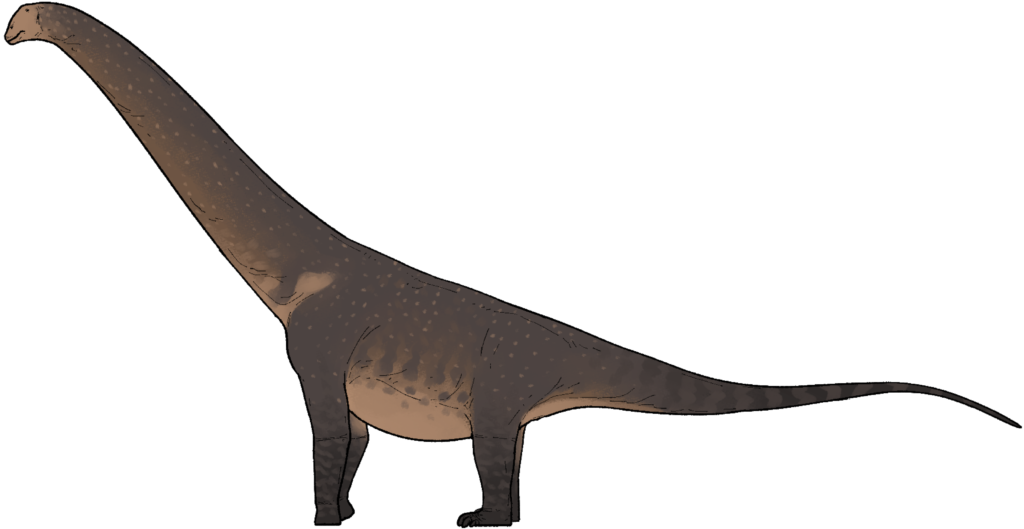
The enormous sauropods – those long-necked plant-eaters like Brachiosaurus, Diplodocus, and Apatosaurus – demonstrate remarkable longevity that stands in stark contrast to predatory dinosaurs. Analysis of growth rings and bone structure suggests these titans could live between 80-100 years, making them the longest-lived dinosaurs known to science. Their extreme longevity appears connected to their massive size and relatively slow metabolism, creating a pattern similar to modern elephants and whales, where larger body mass correlates with longer lifespans. Sauropods continued growing throughout most of their lives, albeit at progressively slower rates as they aged, which explains their ability to reach such extraordinary sizes exceeding 100 feet in length. Their extended lifespans likely provided evolutionary advantages, allowing individuals to produce offspring over many decades and accumulate survival experience that benefited their herds. Perhaps most remarkable is evidence suggesting that, unlike many modern reptiles, sauropods may have demonstrated parental care, with long-lived adults potentially guiding younger generations for decades.
Smaller Dinosaurs, Shorter Lives

Smaller dinosaur species generally experienced much briefer lifespans than their larger counterparts, following a pattern often observed in modern animals where body size correlates with longevity. Small theropods like Velociraptor typically lived only 15-20 years based on growth ring analysis, while chicken-sized ornithomimids rarely exceeded two decades of life. The diminutive Compsognathus, among the smallest known dinosaurs at just over two feet long, likely lived a mere 7-10 years at most. These shorter lifespans were balanced evolutionarily by more rapid reproductive cycles, with smaller species reaching sexual maturity within just 2-3 years compared to the decade or more required by larger dinosaurs. Evidence suggests smaller species compensated for their brief individual lives by producing more eggs per clutch and potentially breeding multiple times per year. This fascinating life history strategy mirrors that seen in modern small mammals and birds, demonstrating remarkable evolutionary convergence across vastly different periods.
Hadrosaurs: The Middle-Aged Duck Bills

Hadrosaurs, the diverse family of “duck-billed” dinosaurs that dominated many Late Cretaceous ecosystems, typically lived moderate lifespans of approximately 30-40 years according to fossil evidence. These medium-sized herbivores, weighing between 2-4 tons as adults, followed developmental patterns resembling modern ungulates (hoofed mammals) with relatively rapid growth to adult size followed by an extended mature period. Maiasaura, a well-studied hadrosaur species from Montana, showed distinct growth phases, reaching sexual maturity around age 3-4 but continuing to grow until approximately age 8-10. Interestingly, hadrosaur bone studies reveal that, unlike some other dinosaur groups, these animals experienced relatively consistent growth with fewer stress lines, suggesting they maintained steady development even during challenging environmental conditions. Their moderate lifespans appear perfectly adapted to their ecological niche as herd-based prey animals, balancing the need for quick maturation with sufficient longevity to reproduce multiple times. Fossil beds containing multiple growth stages of hadrosaurs provide some of our most complete pictures of dinosaur life cycles.
Comparing Dinosaur Lifespans to Modern Animals
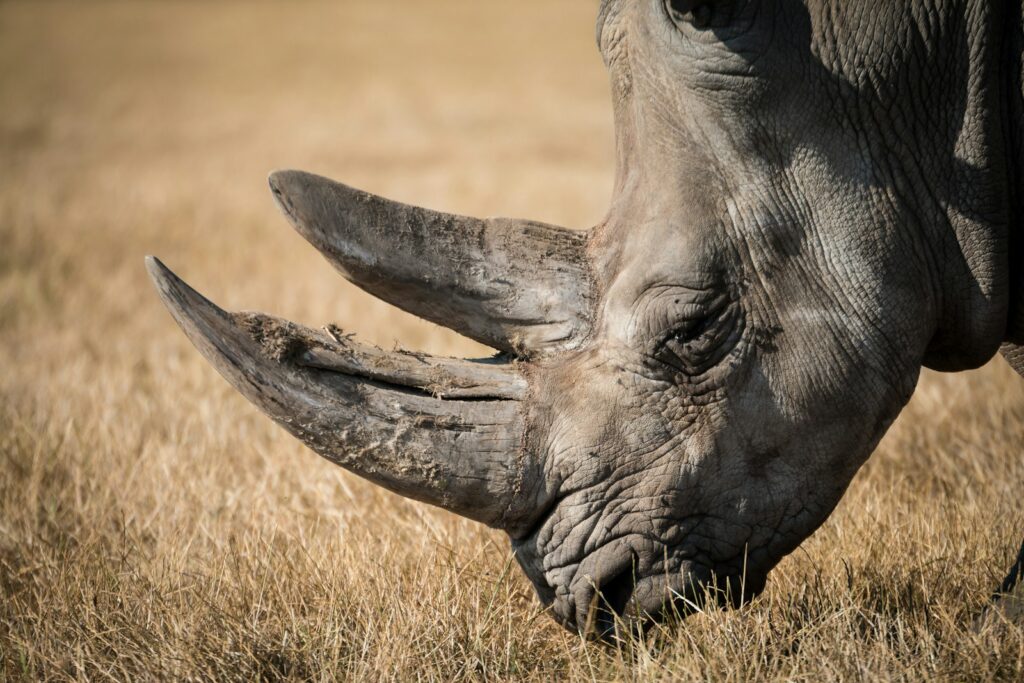
When comparing dinosaur lifespans to those of modern animals, fascinating patterns emerge that highlight evolutionary relationships and ecological adaptations. Large sauropods with their century-long lives parallel modern tortoises and some whale species, suggesting that extreme size and slow metabolism may consistently correlate with extended longevity across evolutionary history. Medium-sized dinosaurs like Triceratops, with estimated 30-year lifespans, align remarkably well with similar-sized modern mammals like rhinoceros and hippopotamus, despite their vastly different physiologies. Small dinosaurs demonstrate lifespans comparable to similarly-sized modern birds – their direct descendants – ranging from one to two decades depending on species and ecological niche. Most notably, the ratio between growth period and total lifespan appears relatively consistent between dinosaurs and modern vertebrates, with approximately 20-30% of life typically spent in the growth phase before reaching full maturity. These parallels suggest fundamental biological constraints on vertebrate lifespans that have remained remarkably consistent over hundreds of millions of years.
The Metabolism Question: Warm-Blooded or Cold-Blooded?
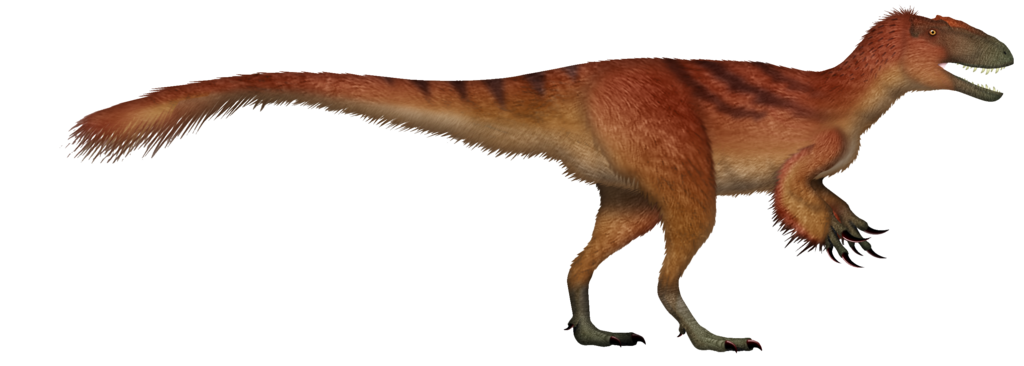
The ongoing scientific debate about dinosaur metabolism directly impacts our understanding of their lifespans, as metabolic rates significantly influence longevity in modern animals. Traditionally, dinosaurs were viewed as reptilian and therefore cold-blooded (ectothermic), which would suggest longer lifespans similar to modern tortoises or crocodilians that can live many decades. However, compelling evidence now suggests many dinosaur groups were warm-blooded (endothermic) or maintained some intermediate metabolic state, potentially shortening their lifespans compared to what might be expected for their body size. Growth ring analysis reveals that most dinosaurs grew much faster than modern reptiles but somewhat slower than mammals, suggesting what some researchers call “mesothermy” – a middle-ground metabolic state. The bone microstructure of many dinosaur species shows the dense vascularization typical of active, high-metabolism animals rather than the simpler patterns seen in slow-growing reptiles. This metabolic question remains central to dinosaur longevity research, as a fully warm-blooded Tyrannosaurus would likely have a significantly shorter natural lifespan than a cold-blooded one of equivalent size.
Environmental Impacts on Dinosaur Longevity
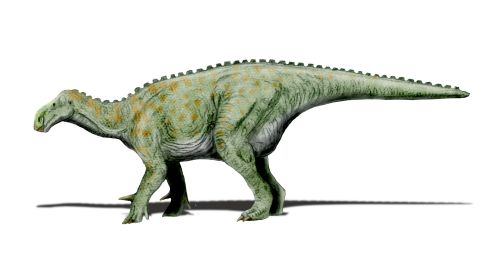
The environments dinosaurs inhabited dramatically influenced their potential lifespans, often creating significant disparities between maximum theoretical longevity and actual average lifespan. Dinosaurs facing high predation pressure, like smaller ornithopods, rarely reached their biological maximum age, with studies of bone beds suggesting many died during their first decade of life despite having the capacity to live 20-30 years. Periodic droughts, volcanic activity, and climate fluctuations created environmental bottlenecks that periodically culled dinosaur populations, evident in mass mortality sites showing dinosaurs of various ages died simultaneously during catastrophic events. Disease also limited dinosaur lifespans, with fossil evidence of conditions like arthritis, bone infections, and even possible tumors suggesting many individuals suffered chronic health issues that shortened their lives. Particularly interesting are growth rings showing evidence of surviving injury, including healed bone breaks and bite marks, demonstrating how resilient some individuals were while simultaneously confirming the dangerous nature of dinosaur life. These environmental factors meant that even among species with potential century-long lifespans, many individuals likely lived only a fraction of their theoretical maximum age.
Did Dinosaurs Experience Senescence?
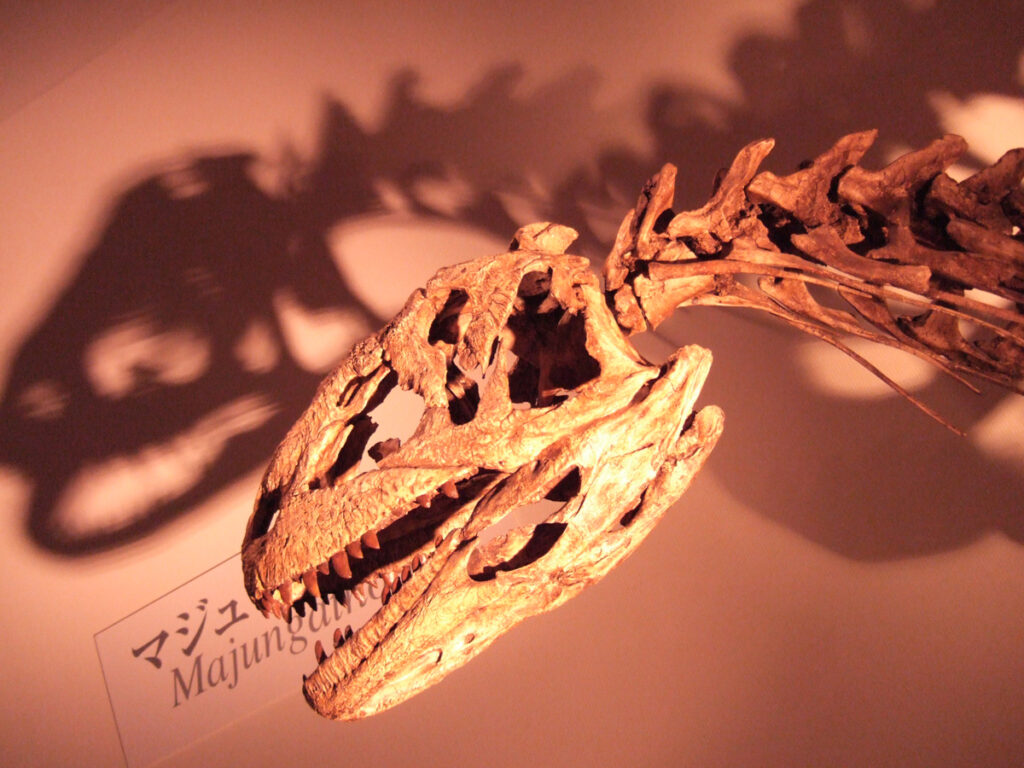
The question of whether dinosaurs experienced biological senescence – the gradual deterioration of function with age – represents one of the most fascinating frontiers in paleontological research. Some large modern reptiles like tortoises and tuatara show minimal senescence, continuing to grow and reproduce until very late in their lives with little evidence of age-related decline. Evidence from some sauropod fossils suggests they may have followed similar patterns, with bone studies showing continued, albeit extremely slow, growth even in very old individuals with no clear signs of physiological breakdown. Conversely, some theropod specimens display potential evidence of age-related changes, including worn teeth, arthritic joints, and decreased bone density in older individuals, more closely resembling the aging patterns seen in birds and mammals. The presence of medullary bone – a calcium reservoir formed in female birds during egg production – in some dinosaur fossils suggests reproductive patterns that might have included menopause-like reproductive senescence in some species. This complex picture indicates dinosaurs likely displayed diverse aging patterns across different lineages, with some experiencing bird-like senescence while others may have maintained reptilian negligible senescence.
Technological Advances in Aging Dinosaur Fossils

Revolutionary technological advances have dramatically improved our ability to determine dinosaur ages with unprecedented precision in recent decades. High-resolution CT scanning allows paleontologists to examine internal bone structure without destructively sectioning valuable fossils, revealing growth rings and bone density patterns that would otherwise remain hidden. Advanced microscopy techniques, including scanning electron microscopes, can identify cellular structures within fossilized bone, showing patterns of growth and remodeling that indicate both age and growth rate. Trace element analysis using techniques like laser ablation inductively coupled plasma mass spectrometry (LA-ICP-MS) can detect chemical signatures that correspond to seasonal changes, providing additional verification of annual growth patterns. Computer modeling now allows researchers to extrapolate complete growth curves from partial data, estimating maximum lifespans even when specimens of the oldest individuals remain undiscovered. Perhaps most promising is the emerging field of molecular paleontology, where preserved proteins and organic compounds within fossils provide new avenues for determining age and maturity state beyond traditional morphological approaches.
Dinosaur Lifespans and Evolutionary Advantages

The diverse lifespans observed across dinosaur species reflect sophisticated evolutionary adaptations that helped these animals dominate Earth’s ecosystems for over 165 million years. Long-lived sauropods benefited from extended reproductive periods that could span many decades, allowing a single successful individual to contribute offspring to multiple generations and maintain genetic lineages through environmental fluctuations. Conversely, the relatively short but intense lives of predators like Tyrannosaurus rex facilitated rapid evolution through shorter generation times, enabling quicker adaptation to changing prey dynamics and environmental conditions. Medium-lifespan herbivores like ceratopsians balanced these strategies, living long enough to develop complex social behaviors while still maintaining sufficiently rapid generation turnover for evolutionary adaptability. Particularly fascinating is how nesting dinosaurs evolved lifespans that optimally balanced parental investment against lifetime reproductive output, with species that provided extended parental care typically evolving longer individual lifespans. These varied life history strategies created complex, resilient ecosystems where different dinosaur lineages occupied distinct temporal niches in addition to their physical ecological roles.
The Extinction Question: Did Any Dinosaurs Survive?
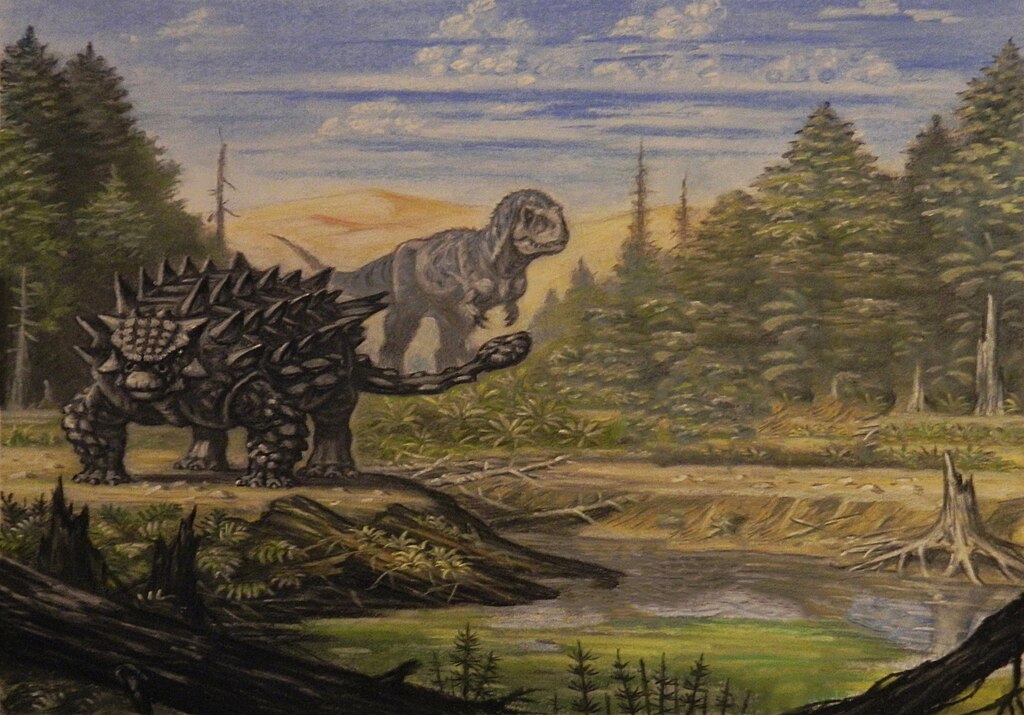
The Cretaceous-Paleogene extinction event 66 million years ago abruptly ended the reign of non-avian dinosaurs, but the question of whether any individuals of these species survived the immediate impact has intrigued paleontologists. Growth ring analysis of fossils from the very latest Cretaceous period shows no evidence of declining health or population stress immediately before the extinction, suggesting dinosaurs were thriving right until the catastrophic event. The discovery of dinosaur fossils in the Hell Creek Formation mere centimeters below the iridium-rich layer marking the asteroid impact confirms dinosaurs were present until the very end of the Cretaceous. While no definitive non-avian dinosaur fossils have been found in post-extinction layers, the so-called “Signor-Lipps effect” reminds us that the last fossil of a species is rarely the last actual individual, raising the possibility that small populations may have briefly persisted. The most accurate statement is that while birds-technically dinosaurs themselves-survived the extinction event, the evidence suggests all non-avian dinosaur species were indeed extinct within a geologically short timeframe after the impact, regardless of their typical lifespan potential.
Conclusion
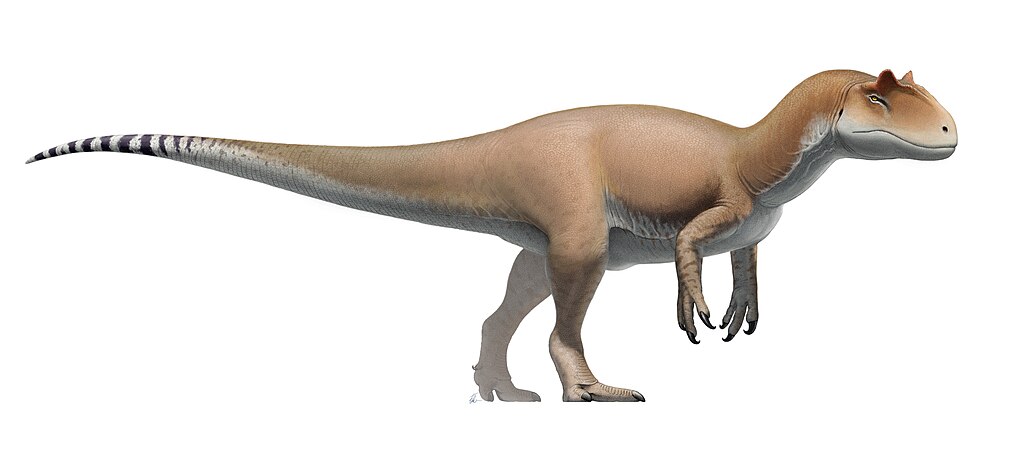
Our understanding of dinosaur lifespans continues to evolve as new fossil discoveries and analytical techniques provide clearer windows into prehistoric life. The remarkable diversity of lifespans – from the century-long existence of massive sauropods to the relatively brief decades of tyrannosaurs to the even shorter lives of small theropods – reveals how these animals evolved varied life history strategies to thrive in their respective ecological niches. What remains particularly fascinating is how dinosaur lifespans often defy our expectations, with some of the most physically imposing predators living relatively brief lives while seemingly less impressive herbivores enjoyed decades more existence. These insights not only reshape our image of dinosaur lives but also provide valuable context for understanding broader evolutionary patterns that continue to influence animal lifespans today. As paleontological techniques continue advancing, our picture of dinosaur lives will undoubtedly become even clearer, potentially revealing new surprises about how these extraordinary animals experienced time during their long reign on Earth.



